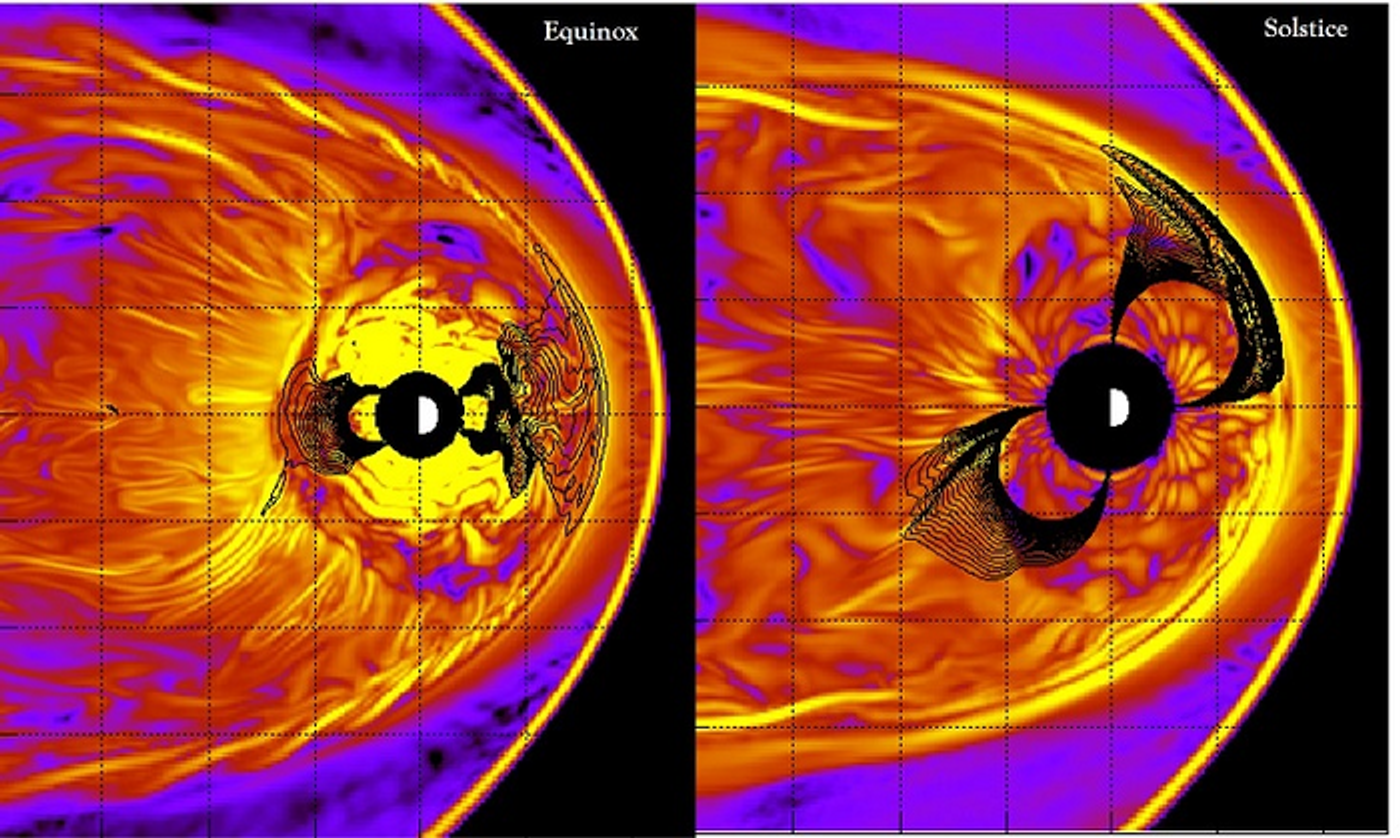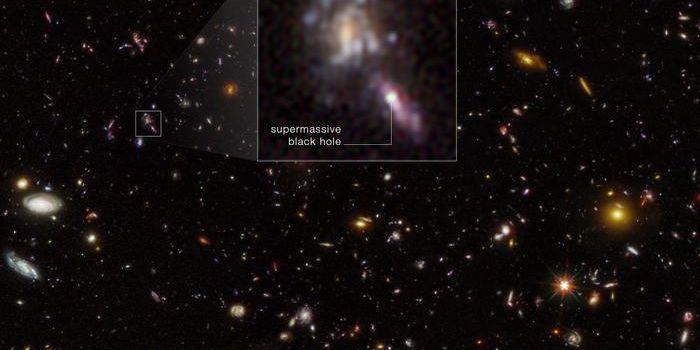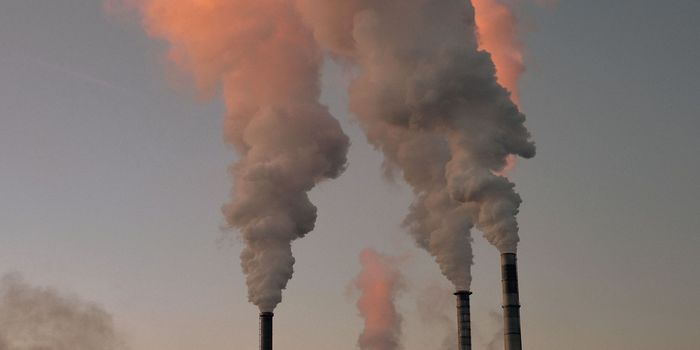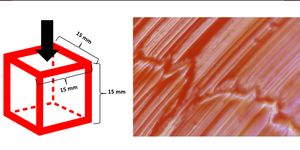Understanding Space Weather Behavior from "Space Waves"
Space weather poses a myriad of threats, ranging from satellite malfunctions to astronaut health. But what if we were able to develop more precise space weather predictions to steer satellites away from such disruptions and keep astronauts safe from harm? This is what a recent study published Nature Communications hopes to address as they examined how daily and seasonal changes in the Earth’s magnetic shield’s tilt can also cause changes in high-wavelength space waves, also known as Kelvin-Helmholtz waves, with the study referring to it as Kelvin-Helmholtz Instability (KHI).
Illustration showing the solar wind hitting the Earth's magnetosphere where it produces breaking waves known as Kelvin-Helmholtz waves. Researchers have determined this wave activity is seasonal; with increased activity the spring and fall (equinoxes) and decreased activity in summer and winter (solstices). (Credit: S. Kavosi and H. Nykyri / Embry-Riddle Aeronautical University)
“Through these waves, solar wind plasma particles can propagate into the magnetosphere, leading to variations in radiation belt fluxes of energetic particles—regions of dangerous radiation—that may affect astronaut safety and satellite communications,” said Dr. Shiva Kavosi, who is a research associate at Embry-Riddle Aeronautical University in Daytona beach, and lead author of the study. “On the ground, these events can impact power grids and Global Positioning Systems.”
KHI is caused by solar wind streams, also known as solar plasma, interacting at the boundary between Earth’s magnetic shield and the solar wind, which causes these space waves to whip up much like ocean waves hitting the shoreline on Earth. In the study, the researchers reported more frequent wave activity during spring and fall with reduced activity in the summer and winter.
“Space weather events represent an increasing threat, yet in many cases, we don’t understand exactly what controls it,” said Dr. Kavosi. “Any progress we can make in understanding the mechanisms behind space weather disturbances will improve our ability to provide forecasts and warnings.”
Previous attempts to better understand KHI includes the Russell-McPherron (R-M) effect, which was first presented in 1973, and helps explain why the auroras seen in the higher latitudes on Earth experience greater activity in the spring and fall, much like what this most recent paper reports regarding KHI activity.
“We don’t have all the answers yet,” said Dr. Katariina Nykyri, who is a professor of physics and associate director for the Center of Space and Atmospheric Research at Embry-Riddle, and a co-author on the study. “But our paper shows that the R-M effect is not the only explanation for the seasonal variation of geomagnetic activities. Equinox-driven events, based on the Earth’s dipole tilt, and R-M effects could operate simultaneously.”
Going forward, Dr. Nykyri notes that satellite constellations around Earth could help scientists better understand this KHI phenomenon.
“Such a system would allow advanced warnings of space weather to inform the operators of rocket launches and electrical power grids,” Dr. Nykyri said.
As previously stated, space weather can cause disruptions to satellite communications and even impact astronaut health. However, they can also cause problems on Earth, including impacts on GPS and power grids. Much of our lives have become dependent on satellites for our cell phones, military surveillance, search and rescue, and television, so better understanding and predicting space weather would make our lives far easier, both in space and on Earth.
What new discoveries will scientists make about space weather in the coming years and decades, and how could we develop better space weather predictions, as well? Only time will tell, and this is why we science!
Sources: National Weather Service, Nature Communications, Institute of Space and Astronautical Science, Embry-Riddle Aeronautical University News, Wikipedia, National Oceanic and Atmospheric Administration
As always, keep doing science & keep looking up!









